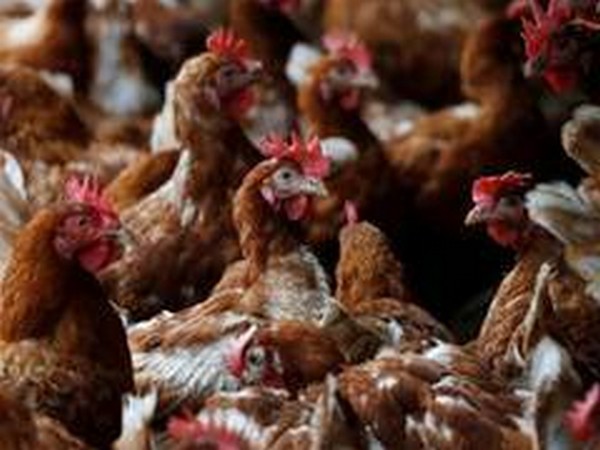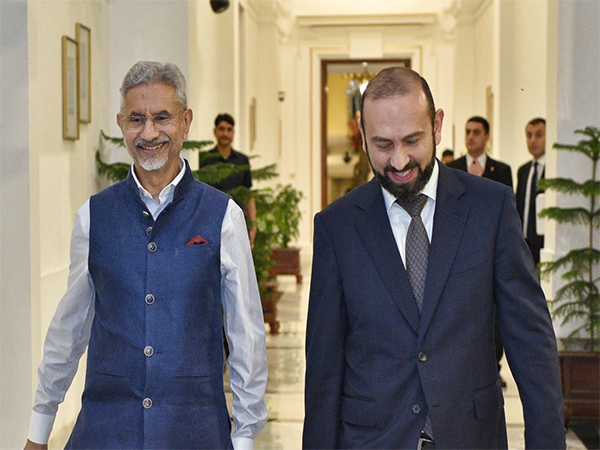
By Shalini Bhardwaj
New Delhi [India], July 21 (ANI): After the first bird flu death in the country reported from Delhi, the National Centre for Disease Control (NCDC) issued a report stating that none of the close contacts of the deceased have so far displayed any symptom of the disease.
An 11-year-old boy from Haryana succumbed to H5Nx at the All India Institute of Medical Science (AIIMS) Delhi on July 12 where he was undergoing treatment.
According to the release issued by Union Health Ministry, the child was diagnosed with Acute myeloid leukemia (AML) in the Paediatrics department of All India Institute Of Medical Science (AIIMS), Delhi in June, 2021. Thereafter, he was admitted to the hospital on July 2 and died on July 12.
As per NCDC, the boy developed symptoms of fever, cough, coryza and breathing difficulty, soon after induction therapy for AML. “He was diagnosed as AML with febrile neutropenia with pneumonia and shock, which progressed to ARDS. The boy suffered from multi-organ dysfunction and died on July 12, 2021,” read the report.
“None of the close contacts have any symptoms. Contact tracing, an active search for any symptomatic case has been carried out in the hospital and area where the case resided. IEC activities carried out for the general public with an advice to report any symptomatic case to the health authorities. There are no symptomatic individuals in the area at present,” NCDC said.
The Department of Microbiology in AIIMS received the Bronchoalveolar lavage (BAL) for respiratory panel testing on July 7 and July 11.
“The sample had tested positive for both Influenza A and Influenza B. It was also negative for SARS COV-2 and other respiratory viruses. Subtyping for Influenza A remained inconclusive with available reagents for H1N1 and H3N2 at AIIMS. So, the samples were sent to National Institute of Virology (NIV) on July 13, 2021,” stated NCDC.
“At NIV, both the samples were tested for Influenza A and Influenza B along with Influenza A seasonal (H1N1, H1N1 pdm09 and H3N2), non-seasonal avian subtypes (H5, H7, H9 and H10) by real-time PCR. The result showed that the sample is positive for A/H5 and Type B Victoria lineage. Whole genome sequencing and virus isolation is in process,” it added.
The NCDC, Delhi received information on July 16 from AIIMS, Delhi along with a lab report from NIV, Pune. The information was communicated to the IDSP State Surveillance Unit (SSU), Haryana to initiate an epidemiological investigation into the case. The matter was also reported to the Animal Husbandry Department. A team from NCDC composed of Epidemiologists and Microbiologists was constituted and the team immediately visited AIIMS, New Delhi and Gurugram for undertaking an epidemiological assessment.
The State health department and the animal husbandry department officials are also involved in the investigation.
“The monitoring of the doctors and nurses treating the patient was started from July 16 onwards for development of any influenza-like symptoms. Contact tracing was undertaken and family members, close contacts and health care workers are under close surveillance,” NCDC said.
Further, epidemiological investigation by NCDC, involving animal husbandry department and State government surveillance unit, is underway and appropriate public health measures have been instituted.
Meanwhile, speaking to ANI, Dr Rajesh Chawla, Senior Consultant Pulmonology and Critical Care, Indraprastha Apollo Hospitals, Delhi said that avian influenza is like any other flu.
“Symptoms vary from nasal discharge, sneezing and body ache. They do result in respiratory failure. Human transmission is rare,” said Dr Chawla.
Bird flu is caused by a type of influenza virus that rarely infects humans.
Almost all cases of H5N1 infection in people have been associated with close contact with infected live or dead birds, or H5N1-contaminated environments.
The experts believe that the virus does not infect humans easily, and spreads from person to person appears to be unusual.
Infected birds shed avian influenza virus in their saliva, mucous and feces. Human infections with bird flu viruses can happen when enough virus gets into a person’s eyes, nose or mouth, or is inhaled. (ANI)

















